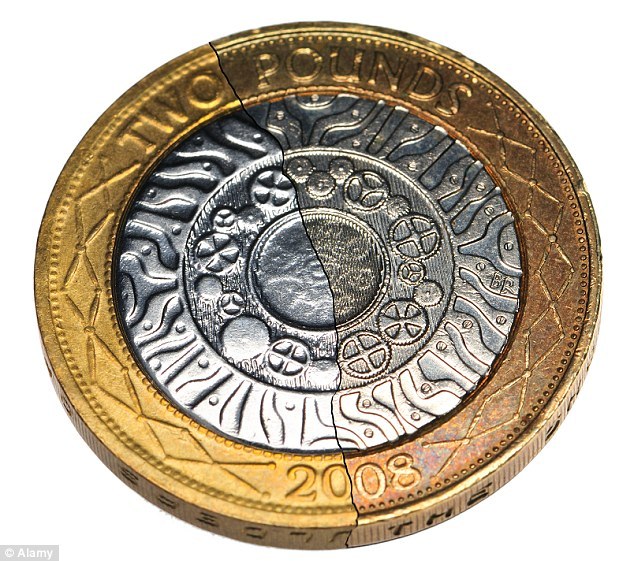The Fake Coin

You have twelve coins. You know that one is fake. The only thing that distinguishes the fake coin from the real coins is that its weight is imperceptibly different. You have a perfectly balanced scale. The scale only tells you which side weighs more than the other side.
What is the smallest number of times you must use the scale in order to always find the fake coin?
Use only the twelve coins themselves and no others, no other weights, no cutting coins, no pencil marks on the scale. etc.
These are modern coins, so the fake coin is not necessarily lighter.
Presume the worst case scenario, and don't hope that you will pick the right coin on the first attempt.
This section requires Javascript.
You are seeing this because something didn't load right. We suggest you, (a) try
refreshing the page, (b) enabling javascript if it is disabled on your browser and,
finally, (c)
loading the
non-javascript version of this page
. We're sorry about the hassle.
1 -You can divide these coins in two piles and weigh these two piles.
One pile will be lighter than the other and the plate will be more high.
2 -You take these 6 coins from the lighter pile and divide it in 3 other piles, with two coins in each pile.
The wheigh two of these groups.
3 case A - if one of these groups is lighter than the other, wheigh these two last coins and get the fake.
3 case b - if this last wheigh results in equilibrium, you only need to balance the other two coins to find the fake.